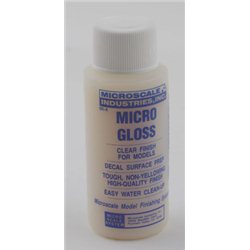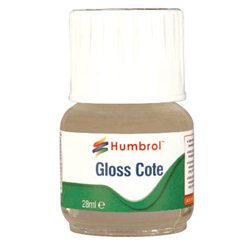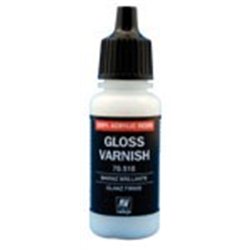This would depend on what you are painting as paint brushes come in various shapes and sizes. I would say for...
No products
Product successfully added to your shopping cart
There are 0 items in your cart. There is 1 item in your cart.
Search Tips
Christmas and New Year
We are dispatching orders every weekday apart from Christmas Day, Boxing Day and New Year's Day.
If you order is time critical, select next day delivery at checkout.
The shop in Sandown is closed from 25th December, reopening on 30th December.
Can you just varnish where you intend to place the decals?
It is best to varnish the whole model.
By coating the whole model in varnish, you are guaranteed a uniform finish across the entire model.
I do not think that it is possible to apply the exact amount of varnish to the area that is going to receive the decal. You would still be left with shiny areas from the excess gloss.
It is recommended to use a gloss varnish; this will give you a nice level finish to your model. This means that it will fill in any slight imperfections in the casting or dodgy paintwork, which will also help the decals move in to position easier and help the transfers to stick.
You can still go over the gloss varnish (when dry) with a matt or satin varnish to get the finish you require.
Always varnish your models; especially if they are going to be handled a lot, it will also keep your painted model fresh for years to come.
Click here to receive the tips weekly in your mailbox. You can unsubscribe at any time.










